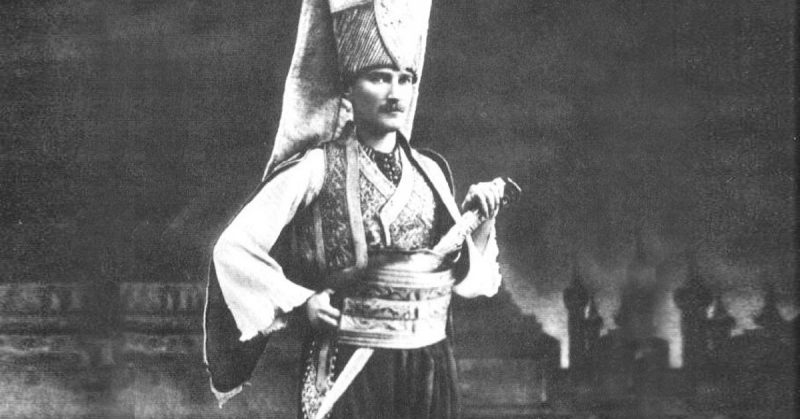The first Ottoman rulers reserved a fifth of the young prisoners of war for a system called devshirme or blood tax.
The Janissaries were the military elite of the Ottoman Empire. They formed a part of the first standing army in Europe since the fall of the Roman Empire. These men were drilled for victory and fiercely loyal to the Ottoman Sultan, who was also their father.
The tune of their military band would send shivers all across Europe, reaching as far as Vienna itself.
“An army marches on its stomach”
Although Napoleon Bonaparte coined the phrase many years later, no military force placed more emphasis on the importance and symbolism of the kitchen than the Janissaries. To foster camaraderie, the corps was considered a family for any Janissary, with the vocabulary and symbolism structured around the kitchen.
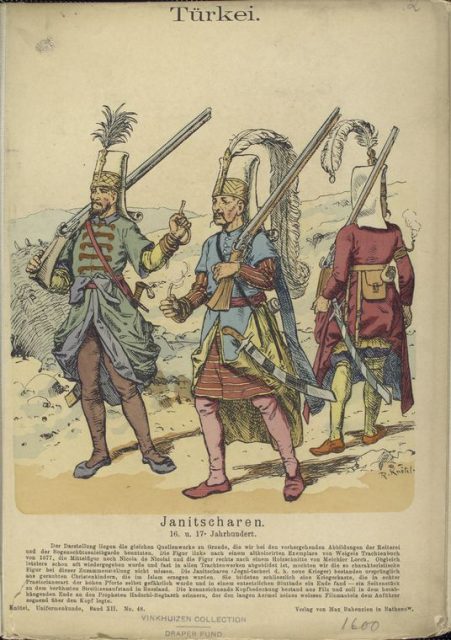
Cauldrons and ladles played an essential role in this infantry elite. For example, the highest-ranking commanding officer was called the çorbacı meaning “the soup-maker” or “soupier.”
The corps’ emblem depicted the kazan-I serif or the “sacred cauldron,” and the Janissary headgear sported a ladle.
Probably the most frightening sound for any sultan was the clashing of ladles against the Janissary cauldrons. The tipping of the kettles heralded discontent in the ranks, and it would not take long for this elite force to appear at the Topkapi Palace to vent their displeasure.
To this day, “kazan kaldırmak” meaning raising the cauldron, refers to an upheaval in the family in the Turkish language.
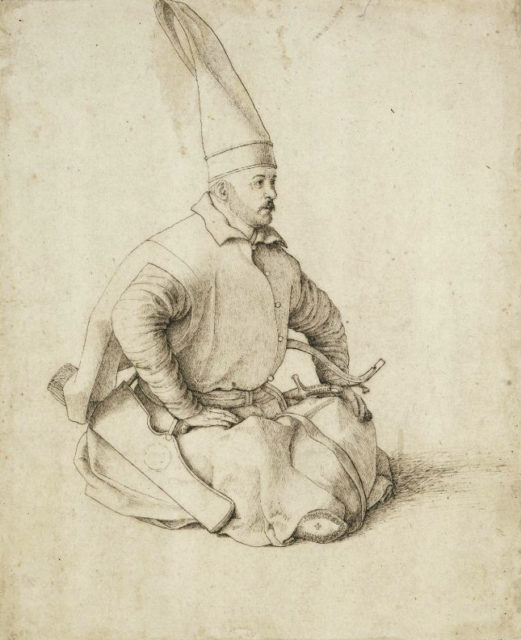
The origins of the Janissary corps can be found in the Koran
Namely in the Sura 8 verse 41 governing the spoils of war:
“Know that one-fifth of the spoils that you obtain belongs to Allah, to the Messenger, to the near of kin, to the orphans, and the needy, and the wayfarer. This you must observe if you truly believe In Allah and in what We sent down on Our servant on the day when the true was distinguished from the false, the day on which the two armies met in battle. Allah has power over all things.”
Based on this premise from the Koran, the first Ottoman rulers reserved a fifth of the young prisoners of war for a system called devshirme or blood tax.
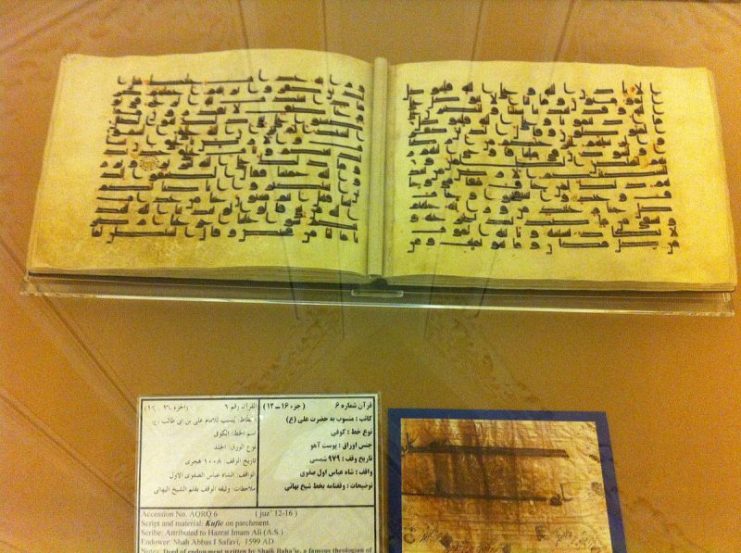
These Christian boys, primarily from the Balkan region, ended up in Anatolia and were indoctrinated into Islam and circumcised. After rigorous training, they earned the rank of Janissary upon reaching 24 or 25 years of age. In this fashion, the sultans cultivated an elite military independent of the Turkish aristocracy.
The men, now slaves of the Sultan, were not allowed to marry. They couldn’t even have beards — only a mustache was deemed acceptable.
Religious men and eunuchs took charge of them, proselytizing the belief that honor and a place in paradise could only be found in dying as warriors fighting the unbelievers.
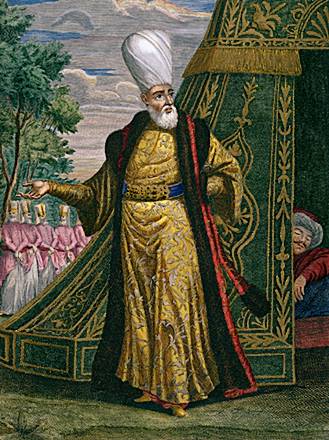
The Sultan retained direct command over these kapikuli (“slaves of the high gate”) and initially used them as his bodyguards.
It did not take long for the shrill sound of the Janissary marching band, consisting of the davul (bass drum), kös (giant timpani), bells, triangle, and cymbal to announce their arrival. It was the first structured military band in history and influenced famous classical musicians such as Wolfgang Amadeus Mozart and Ludwig von Beethoven in some of their compositions.
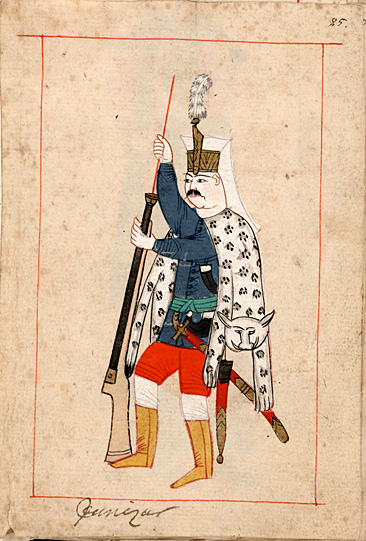
The Sultan was a Janissary’s father while the barracks and battlefield were his home
The orta, equivalent to a battalion, held between 200 to 400 soldiers. Sultan Süleyman “the Magnificent” (1520-1566) commanded 165 ortas. This number increased to 196 after his death.
The ortas were divided into three divisions: the jemaat (border troops) with 101 Ortas, the bölüks (the Sultan’s bodyguard with 61 or 62 men), and the sekban (“dog keeper”) with 33 or 34 ortas. Finally, rounding off this impressive force were the ajami (recruits) comprising of 34 ortas.
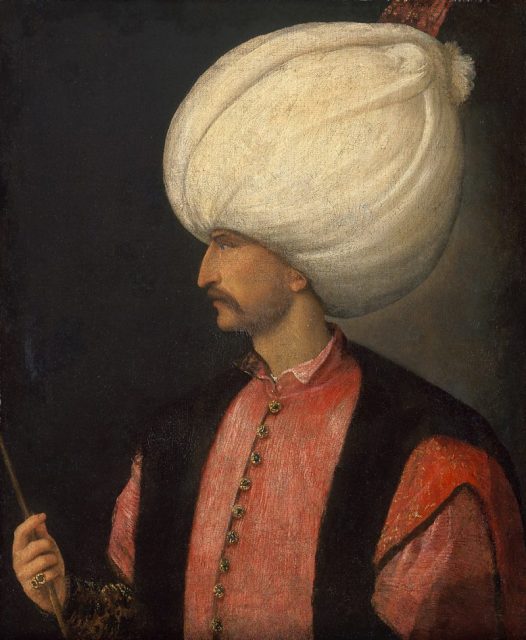
Istanbul was the primary garrison for the Janissary corps. There were also caserns in Baghdad, Damascus, and Cairo as well as the cities of Belgrade and Buda.
Each unit had its own distinctive flag, and it was said that each man had a unique tattoo on his right arm, identifying his unit.
In the beginning, Janissaries were expert bowmen, but they soon adopted firearms in the form of muskets and grenades.
During the siege of Vienna in 1529, these fierce warriors gained a reputation throughout Christian Europe as expert sappers and miners. However, the Janissaries only carried clubs when they were at home during peacetime. The only troops allowed to carry weapons were stationed at the frontier garrisons.
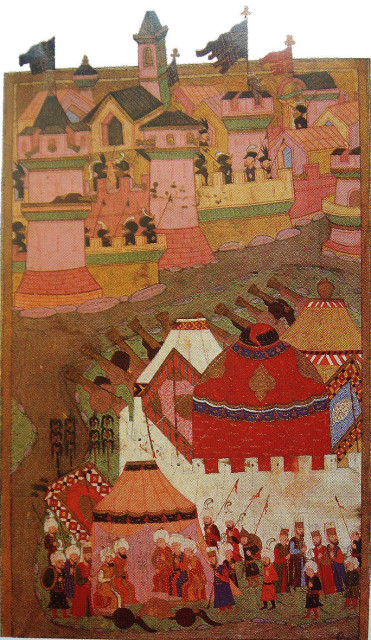
The year 1683 heralded the decline of the Janissary’s loyalty and discipline
Ever since Mehmed II (1451-1481), the conqueror of Constantinople, each sultan had to raise the Janissary’s pay on his accession to the throne and offer the Janissaries a further donative. Selim II, Suleiman the Magnificent successor, “gave” them the permission to marry.
From then on, the Janissaries began to incorporate their sons into the company. As a result, the Janissary corps increasingly became a closed society, so that in 1683 the practice of abducting Christian boys as recruits was abolished entirely.
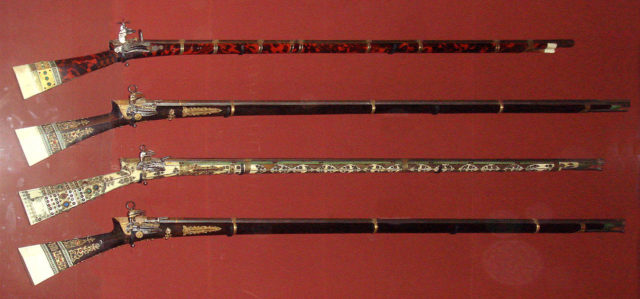
After many years of inducing fear into the hearts of their enemies, the elite force that had once stormed the walls of Constantinople and destroyed the Mamluks of Egypt gradually declined in quality and discipline. It would be the beginning of the fall of the Ottoman Empire.
The siege of Vienna in 1683 was the last time the Ottoman Turks posed a credible threat to Western Europe. The once formidable Janissary, who never fled in battle, disintegrated into a panic at the approaching relieving armies of the Christians. After that, they were routinely put to flight.
From this point on, Ottoman territorial expansion in Europe came to an end so that by the end of the war in 1699, the empire had lost all of Hungary to the Holy Roman Emperor Leopold I.
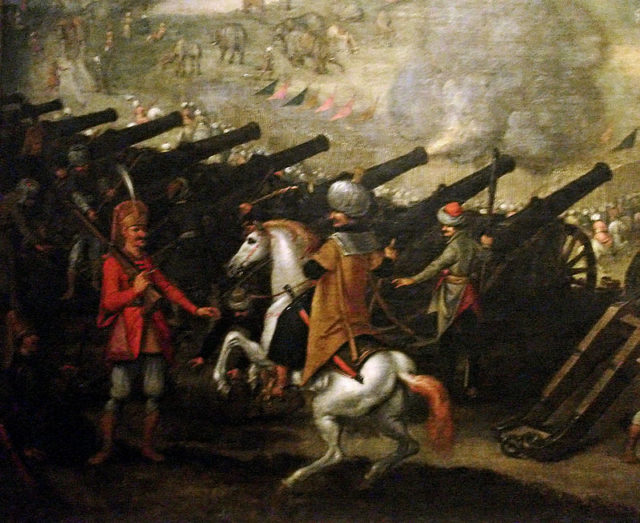
The Janissaries tried to cling on to their elevated position until the end
They vehemently resisted the necessary modernization of the Ottoman army to bring it up to superior European standards in the eighteenth century.
The Janissaries even deposed and killed Sultan Selim III (1789-1807), the instigator of change, out of fear of losing their privileges. They then marauded through the streets of Istanbul, setting fire to entire neighborhoods.
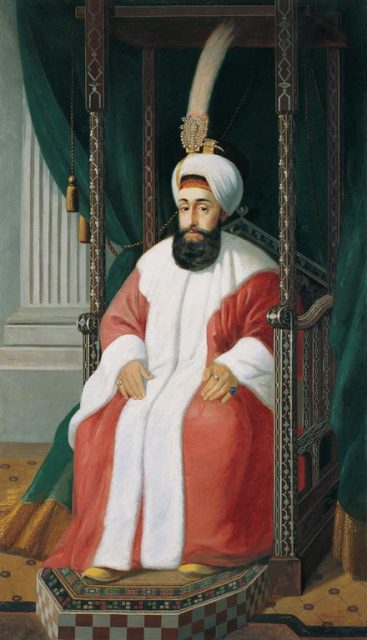
The new sultan Mahmud II very quickly realized that, if he wanted to remain in power, he had to get rid of these troublemakers who had already seized power in some provinces. So he began to train European-style troops.
The Janissaries rebelled again on June 14, 1826, forcing the Sultan to deploy his newly raised loyal army, including the recently established artillery division. The Janissary barracks soon came under fire and were destroyed without mercy.
Read another story from us: Siege of Vienna: Ottoman General Kara Mustafa
Those Janissaries who escaped the inferno were systematically persecuted and lynched by the mob in the streets of Istanbul. Any members of this once proud and indefatigable force that escaped into the sewers were smoked out, fettered, and thrown into the Bosporus.
Tens of thousands of Janissaries perished, their possessions falling to the Sultan. But never again would he have such a powerful force at his disposal.
